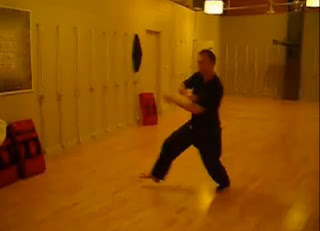Advanced techniques

Introduction Recently the subject of “advanced techniques” has been debated on the Traditional Fighting Arts Forums . I think it is self-evident that there are some techniques or forms are much harder to learn - not just because they require mere athleticism, but because they require subtler kinaesthetics and the ability to execute them depends on years upon years of “precursor” training. They might be more effective, but frequently they won’t; simple is often the best. 1 I happen to call such “hard to learn” techniques “advanced”. Why? Because I think beginners should start with things that are easier to learn. Advanced techniques vs. advanced practitioners My comments above are at odds with the views of those who would argue that “there are no advanced techniques, only advanced practitioners”. On this analysis, the techniques themselves are relatively simple. All that changes is the complexity of the combinations of these simple techniques. Indeed there is something to be said f...

